We may earn money or products from the companies mentioned in this post. This means if you click on the link and purchase the item, I will receive a small commission at no extra cost to you ... you're just helping re-supply our family's travel fund.
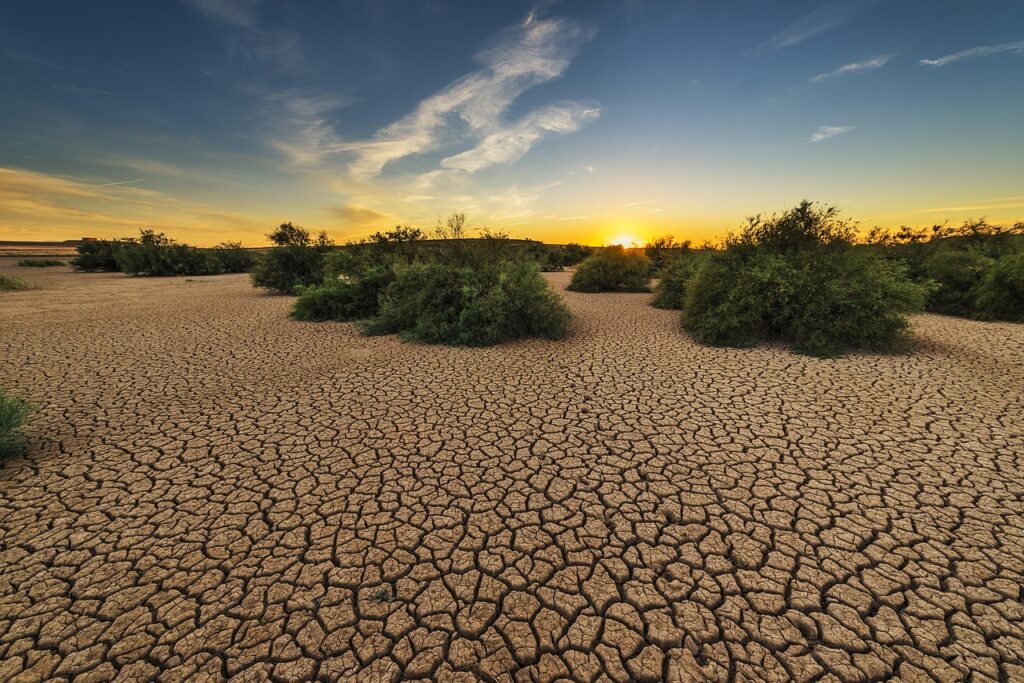
As you plan your adventures across the breathtaking landscapes of the United States in 2025, a quiet but profound shift is underway. Water, the very essence of life and natural beauty, is becoming an increasingly precious resource in many regions. Understanding where and why water shortages persist allows you to travel not just as an explorer, but as a mindful steward. This guide illuminates fourteen states facing significant water risk and offers actionable, eco-friendly tips to ensure your journeys contribute positively, preserving the very wonders you seek to experience for generations to come.
1. California
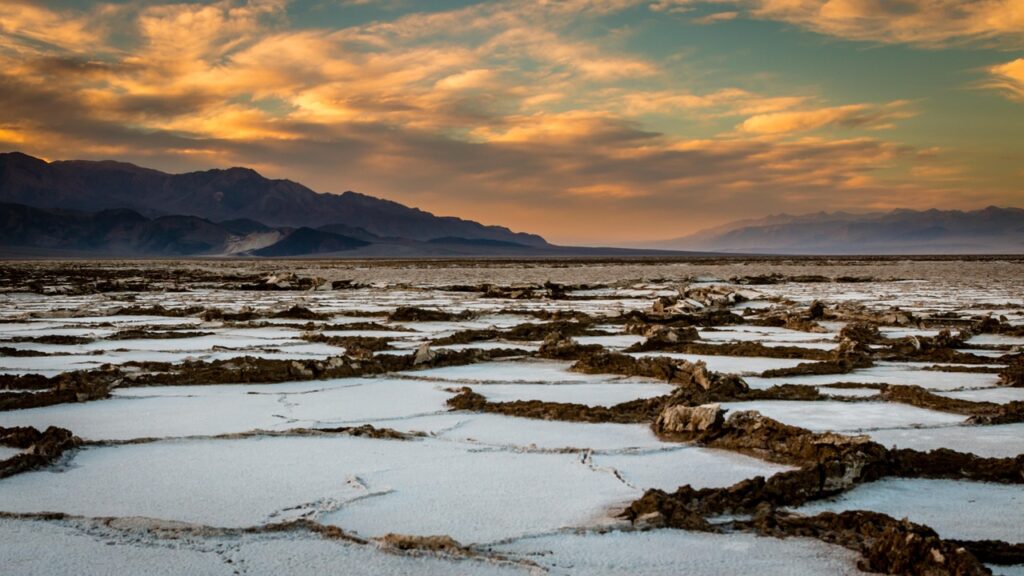
California’s central valleys and urban areas grapple with ongoing drought and stressed reservoirs. As you explore its diverse landscapes, you’ll see communities conserving water. You can help by choosing hotels with water-saving practices. Be mindful of your own use: take shorter showers and consider reusing towels. Your small actions support the state’s big efforts to protect this essential resource.
2. Arizona
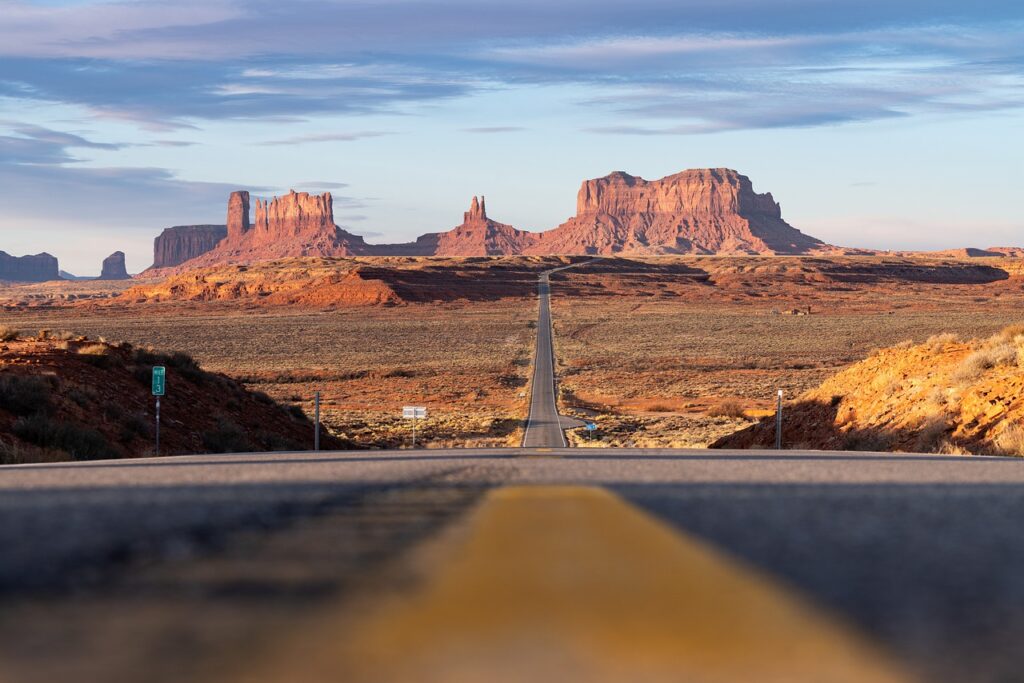
Arizona’s stunning deserts rely heavily on the stressed Colorado River, impacting cities like Phoenix and Tucson. When you visit its incredible natural wonders, remember water is precious here. Be conscious of your water footprint: take shorter showers and reuse towels. Your mindful choices directly help maintain this arid landscape’s delicate balance and support local communities grappling with resource limitations.
3. Nevada
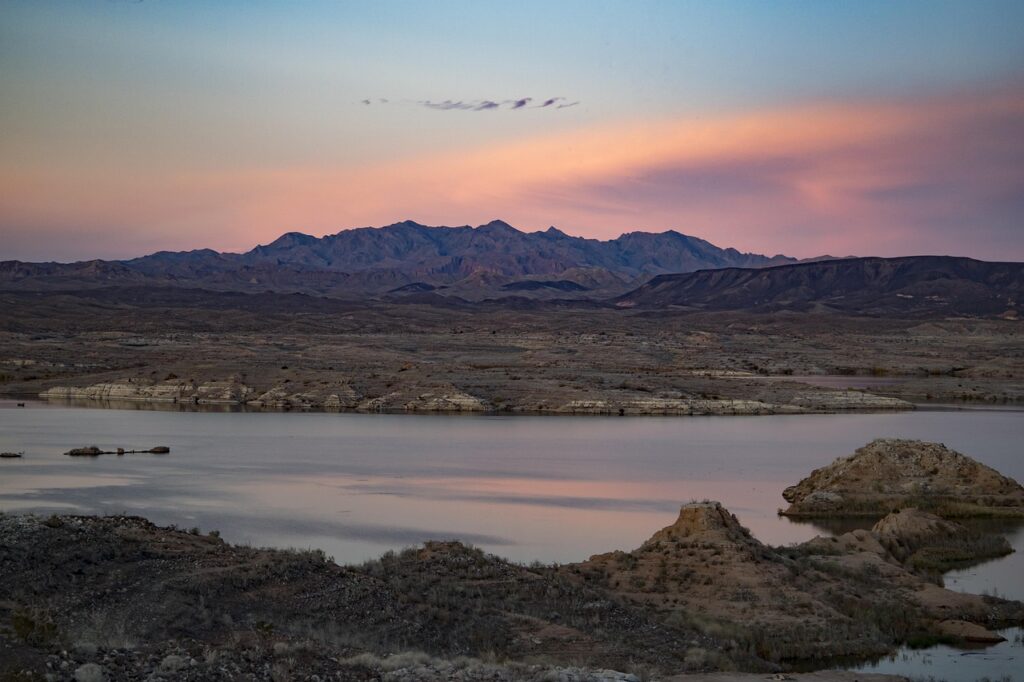
Nevada’s water future depends heavily on Lake Mead, which remains at historic lows. This impacts tourism around the lake and Las Vegas’s water supply. As you enjoy the entertainment or desert beauty, make water-wise choices. Minimize your water use in hotels. Be aware of water features in resorts. Every drop conserved helps protect this essential lifeline for millions.
4. Utah
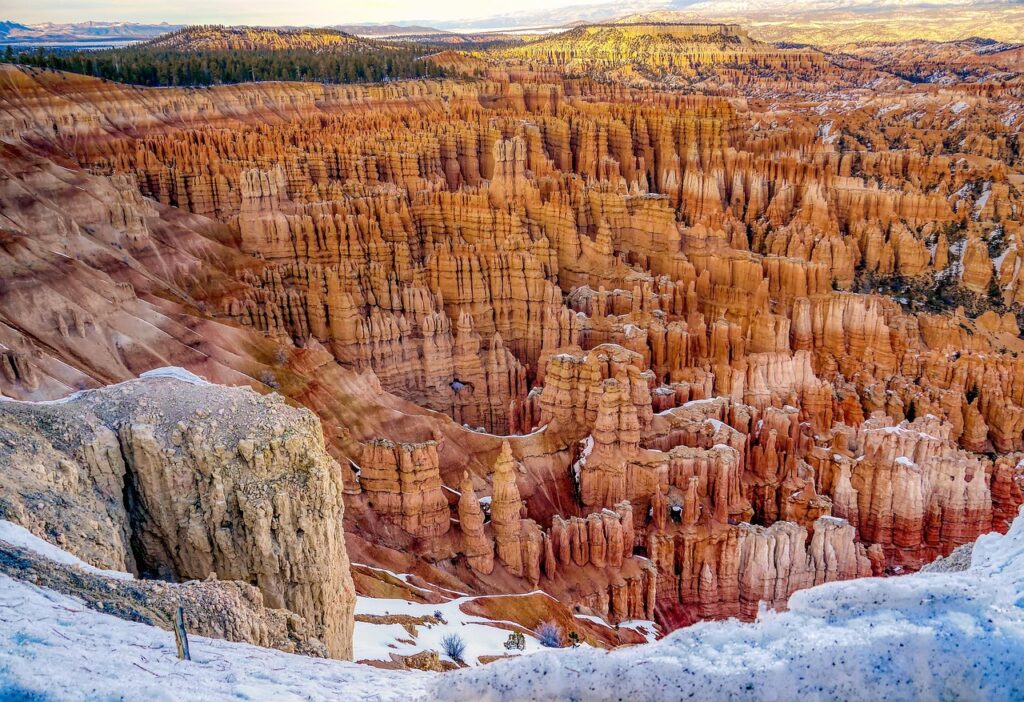
Utah’s national parks and resorts face water stress, especially with the shrinking Great Salt Lake. Varying snowpack and population growth add pressure. When exploring its unique natural wonders or mountain towns, recognize that your responsible choices, like supporting businesses committed to sustainability and local conservation initiatives, directly help preserve these fragile, beautiful ecosystems for future generations.
5. Colorado
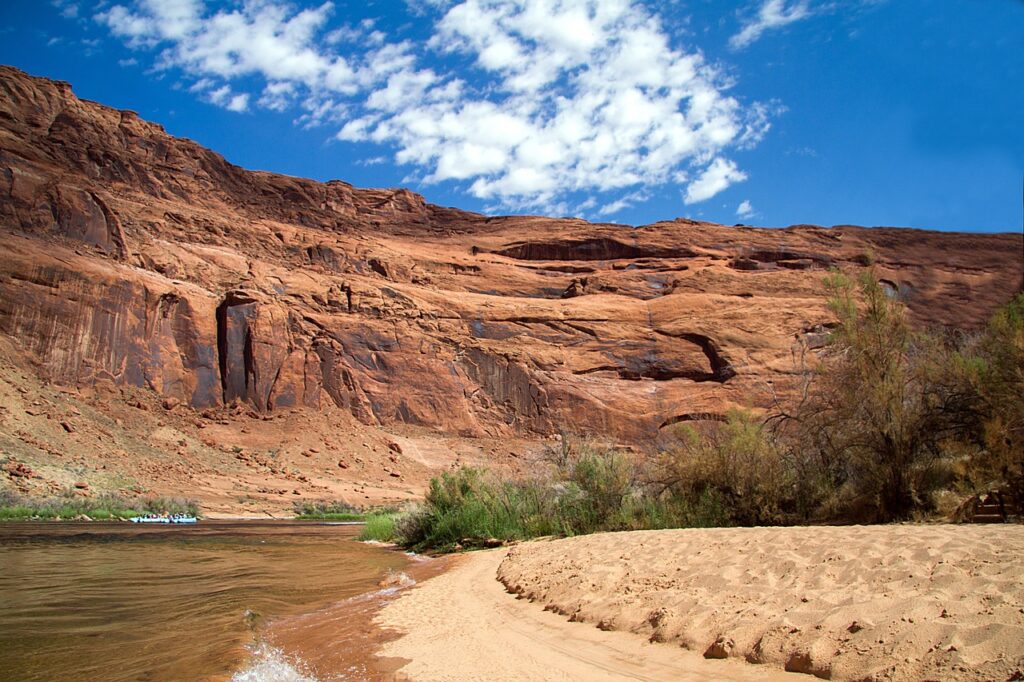
Colorado is a crucial headwaters state for the Colorado River, supplying much of the West. Despite ample snowpack, climate shifts and high demand create challenges. As you hike its mountains or visit its cities, know water here is vital for millions downstream. Being a thoughtful visitor who conserves all resources, from water to energy, helps maintain this critical balance for the entire region.
6. New Mexico
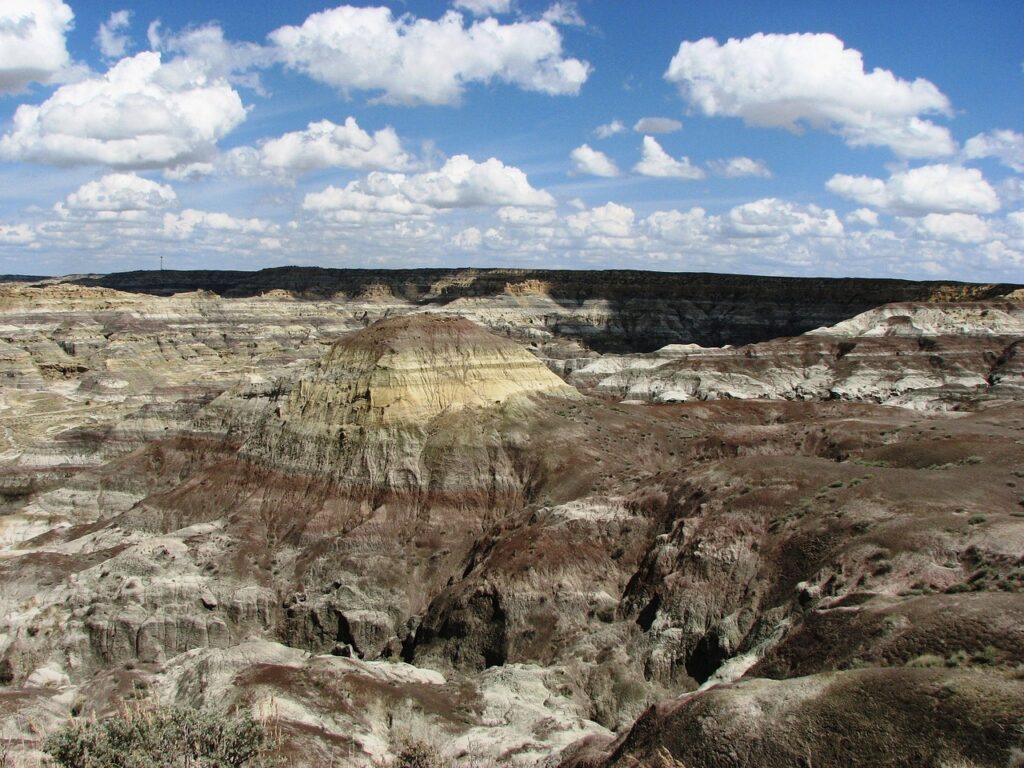
New Mexico, a land of deep cultural heritage and stark desert beauty, endures consistent drought. Its water supply, relying on stressed rivers like the Rio Grande, impacts farms and communities. When exploring ancient sites or wilderness, embrace local conservation efforts. Choose activities that inherently use less water. Appreciate every drop, understanding its profound significance in this sun-drenched landscape.
7. Oregon
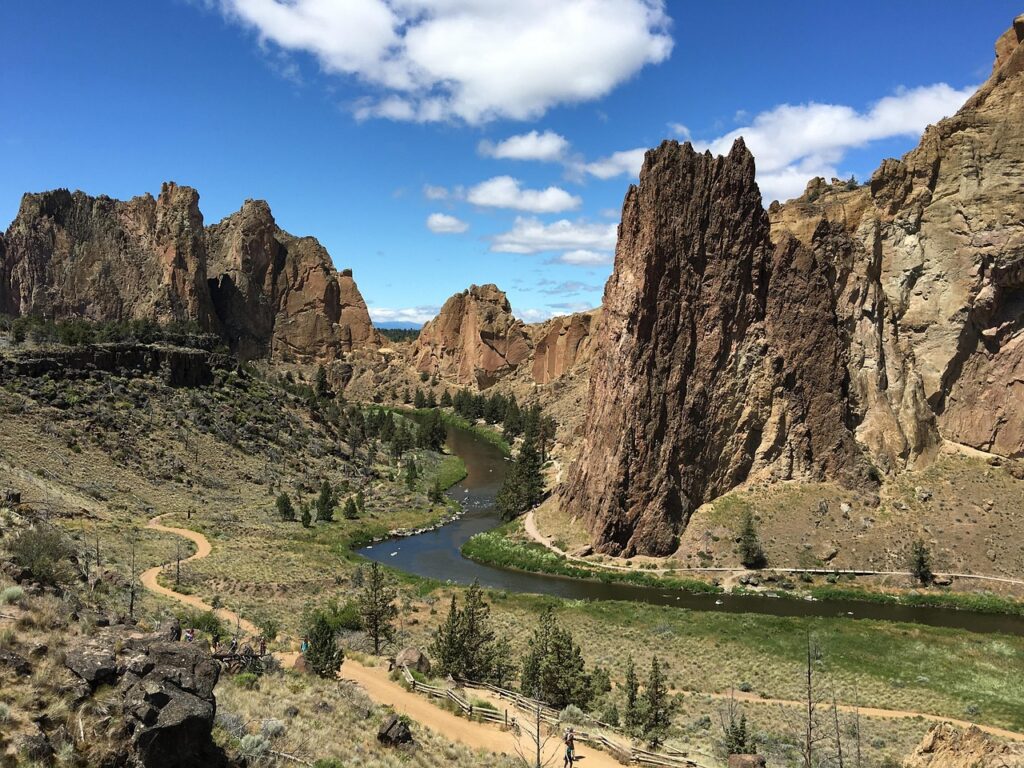
While much of Oregon is lush, its eastern and southern parts face significant drought. This affects farms, forests, and rivers critical for salmon. As you explore its diverse terrain, from coast to high desert, support eco-tourism operators committed to sustainability. Always follow Leave No Trace principles. Your conscious actions help maintain the delicate balance of its stunning natural environments.
8. Washington
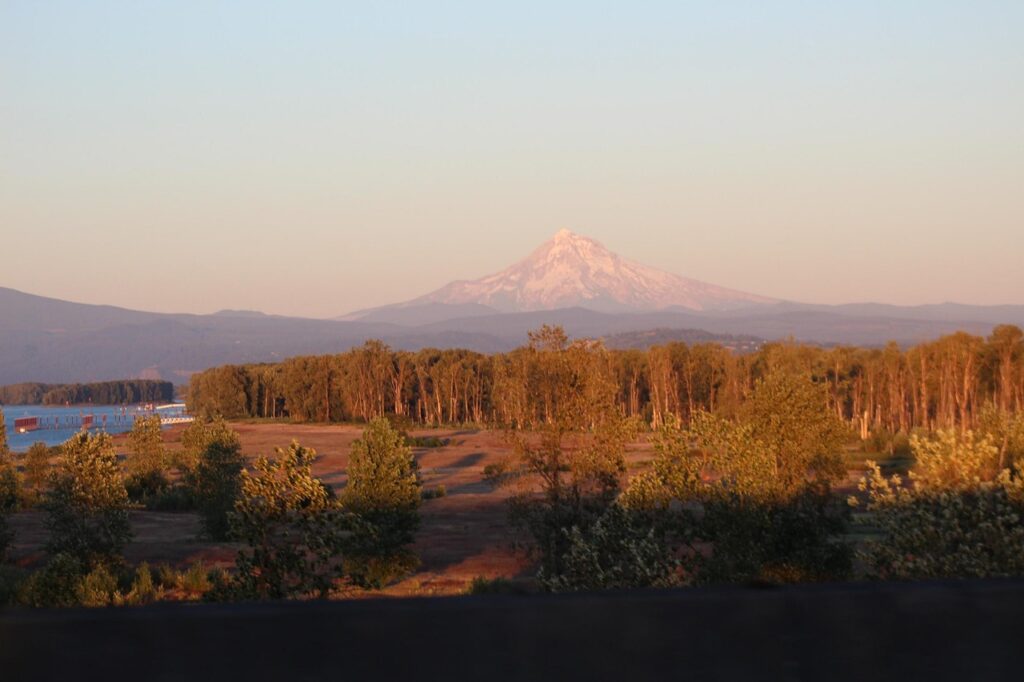
Western Washington gets rain, but its eastern half and low snowpack periods can cause water concerns, affecting farms and hydropower. Salmon runs suffer from warmer river temperatures. When exploring its majestic mountains, Puget Sound, or agricultural valleys, you can contribute by minimizing waste and conserving energy. Support local businesses that prioritize sustainable practices, helping maintain the health of its interconnected natural systems.
9. Idaho
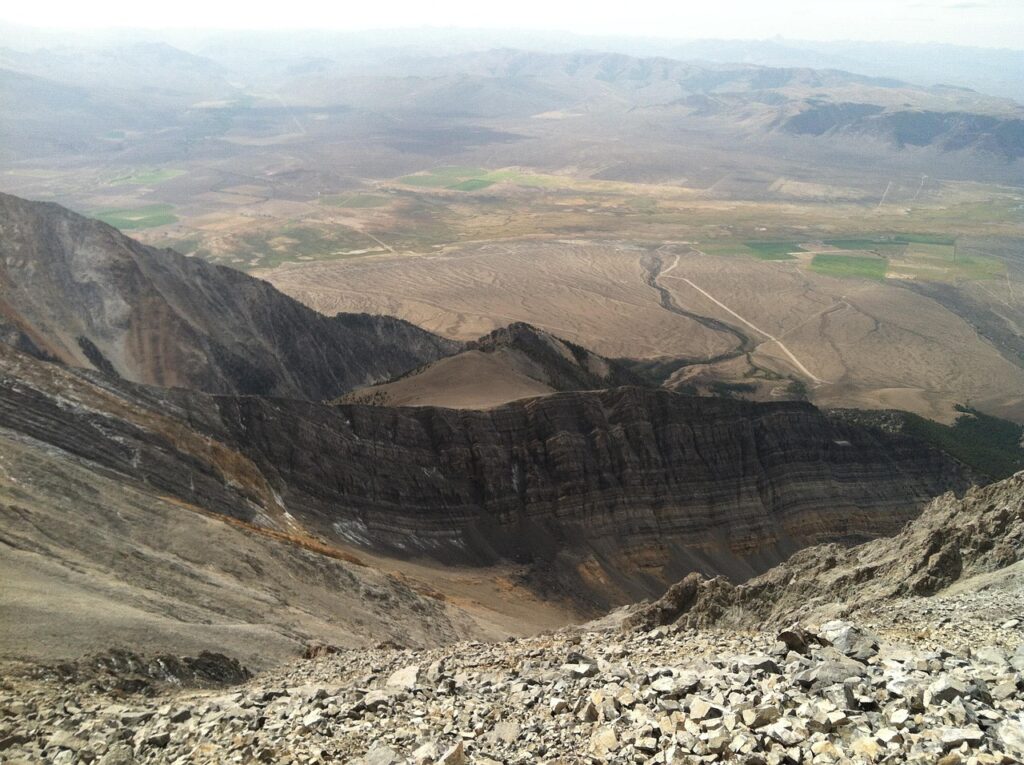
Idaho’s Snake River Plain relies heavily on surface and groundwater for its vast agriculture. Drought and demand strain these systems, affecting farms and rivers. When visiting its national forests or whitewater areas, make conscious choices. Support local, sustainable businesses. Practice responsible outdoor recreation. These actions help preserve Idaho’s unique character and vital aquatic ecosystems.
10. Montana
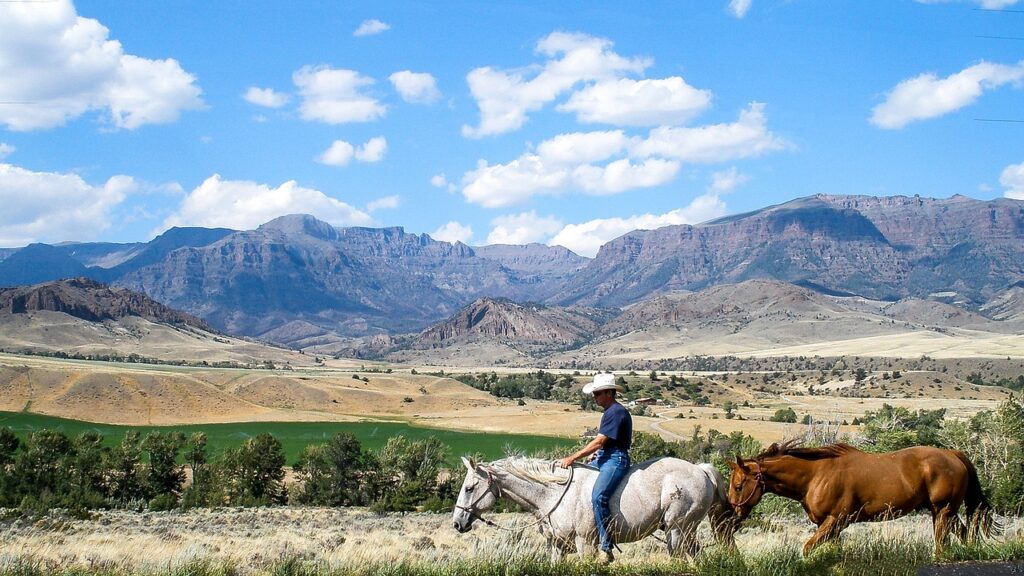
Montana, “Big Sky Country,” supplies major rivers but faces drought impacting farms and crucial stream flows for wildlife. Warming temperatures reduce vital snowpack. When exploring its vast wilderness or fly-fishing rivers, engage respectfully with the environment. Support local conservation initiatives. Choose activities that minimize your impact on sensitive waterways, helping protect these iconic spaces.
11. Wyoming
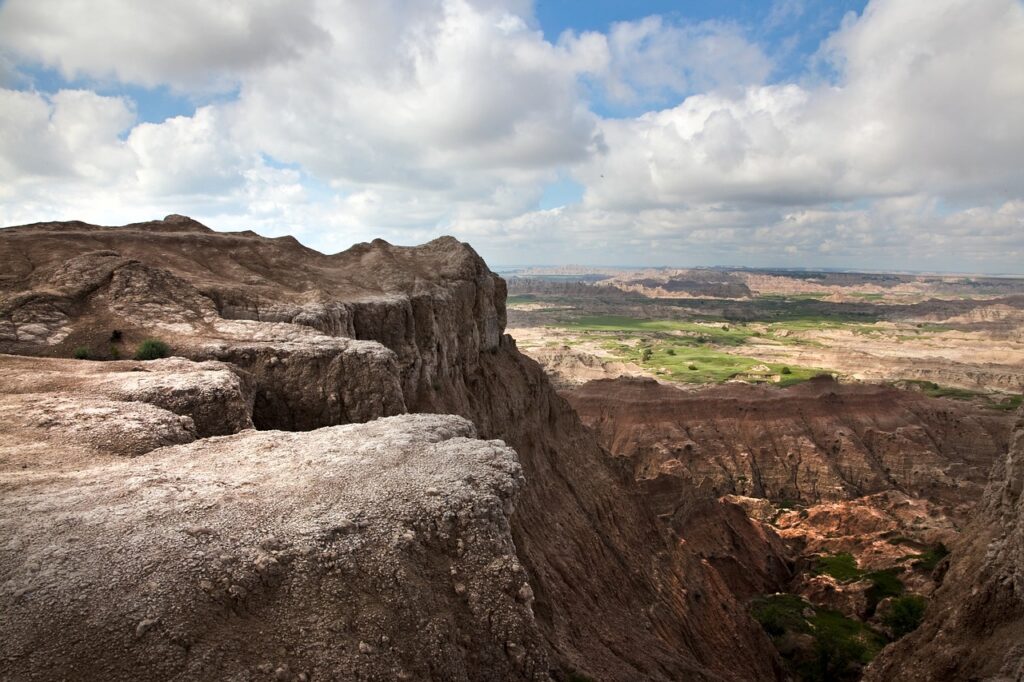
Wyoming is a critical headwaters state for the Colorado River, with snowpack and rainfall impacting millions downstream. Drought and obligations pressure its water resources. As you explore its national parks and wilderness, remember that mindful travel, including conserving water even in seemingly abundant areas, reinforces the importance of responsible stewardship of this precious element for everyone.
12. Texas
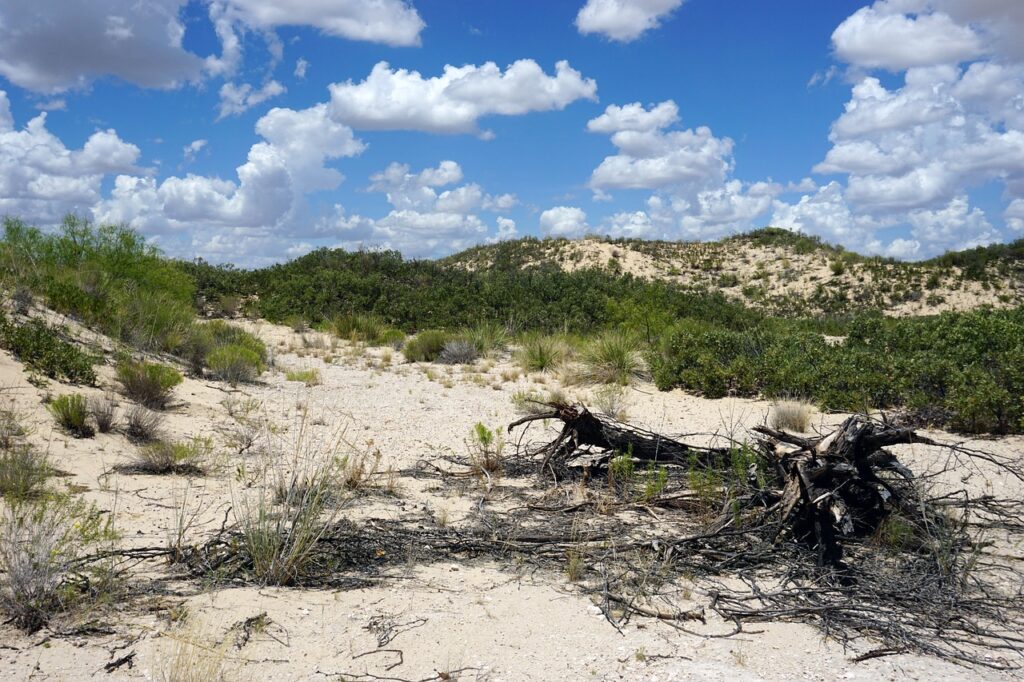
Texas, a vast state, often faces water scarcity, particularly during drought periods that strain urban and agricultural supplies. Its cities and ranchlands depend on complex, stressed water systems. When traveling through its diverse landscapes, be aware of local water advisories. Choose hotels with sustainability practices. Be efficient with your water use during your stay. Your actions directly support regional resilience during dry periods.
13. Oklahoma
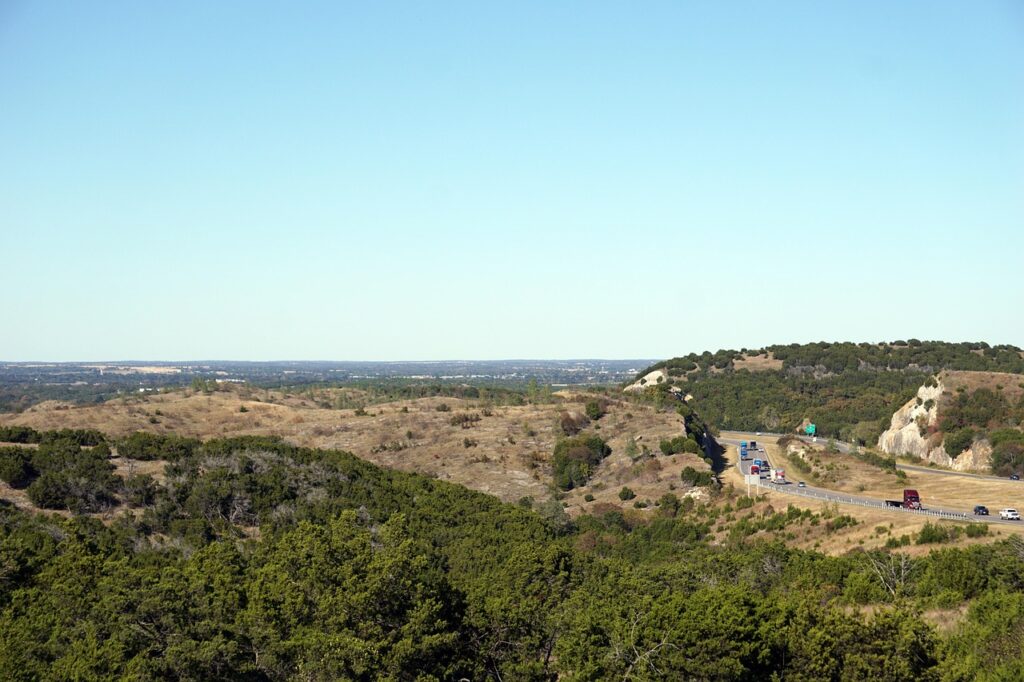
Oklahoma often experiences a “boom or bust” water cycle, with drought followed by heavy rain, making management hard. Rural and farm communities are very vulnerable. As you explore its heritage or prairies, your conscious efforts to minimize water use help significantly. This lightens the load on local resources and supports community resilience. Consider supporting local water education initiatives.
14. Kansas
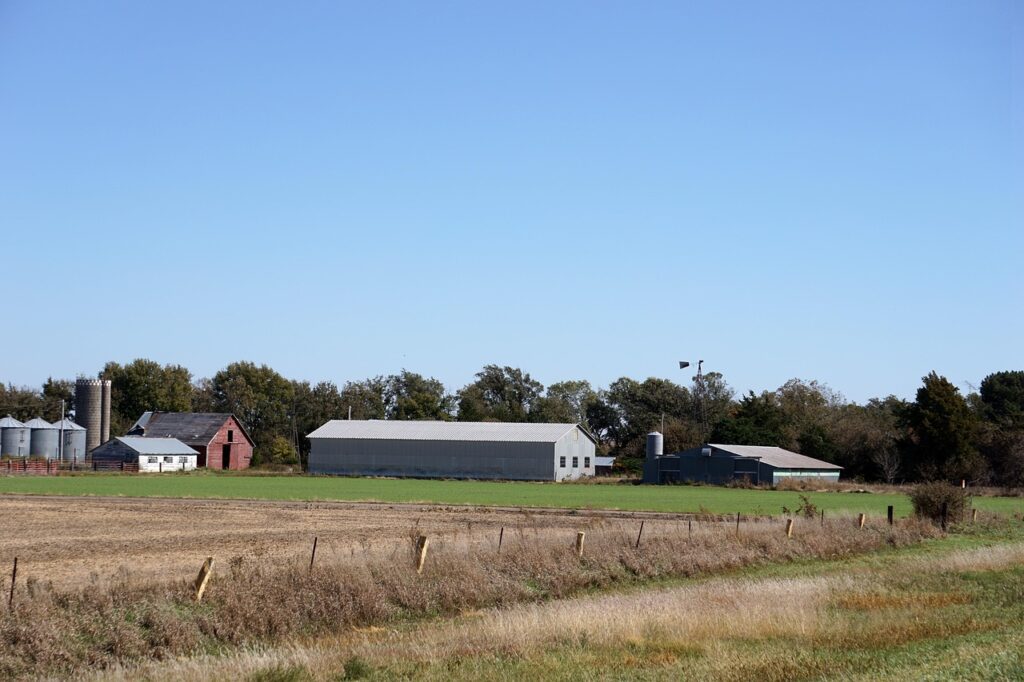
Kansas, sitting atop the Ogallala Aquifer, faces critical groundwater depletion from extensive irrigation, especially in its west. This non-renewable resource is vital. As you travel its farmlands, you can contribute to the crucial effort of preserving the aquifer by supporting sustainable tourism and being water-conscious in all your activities, understanding the long-term impact of water consumption here.
Leave a Reply